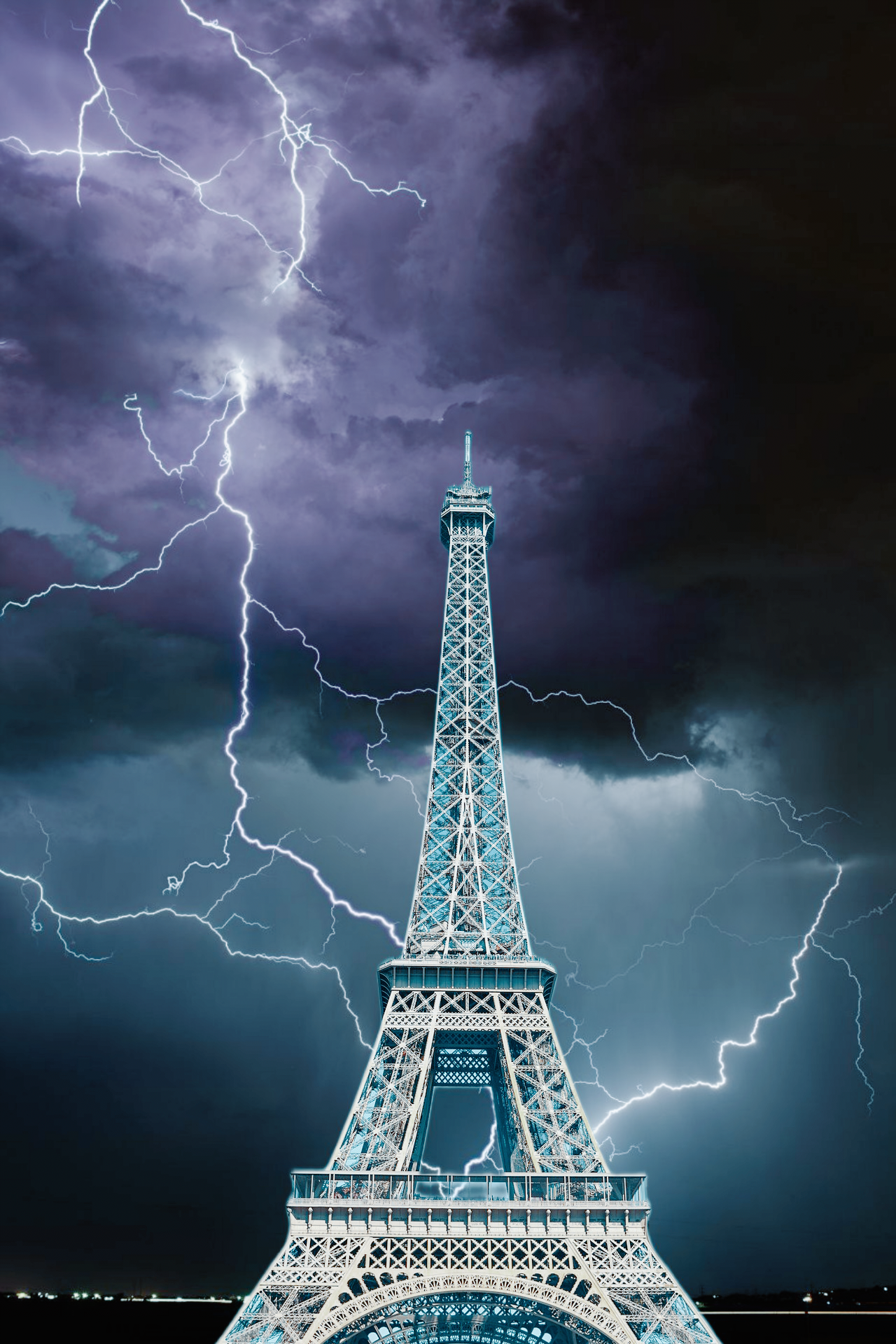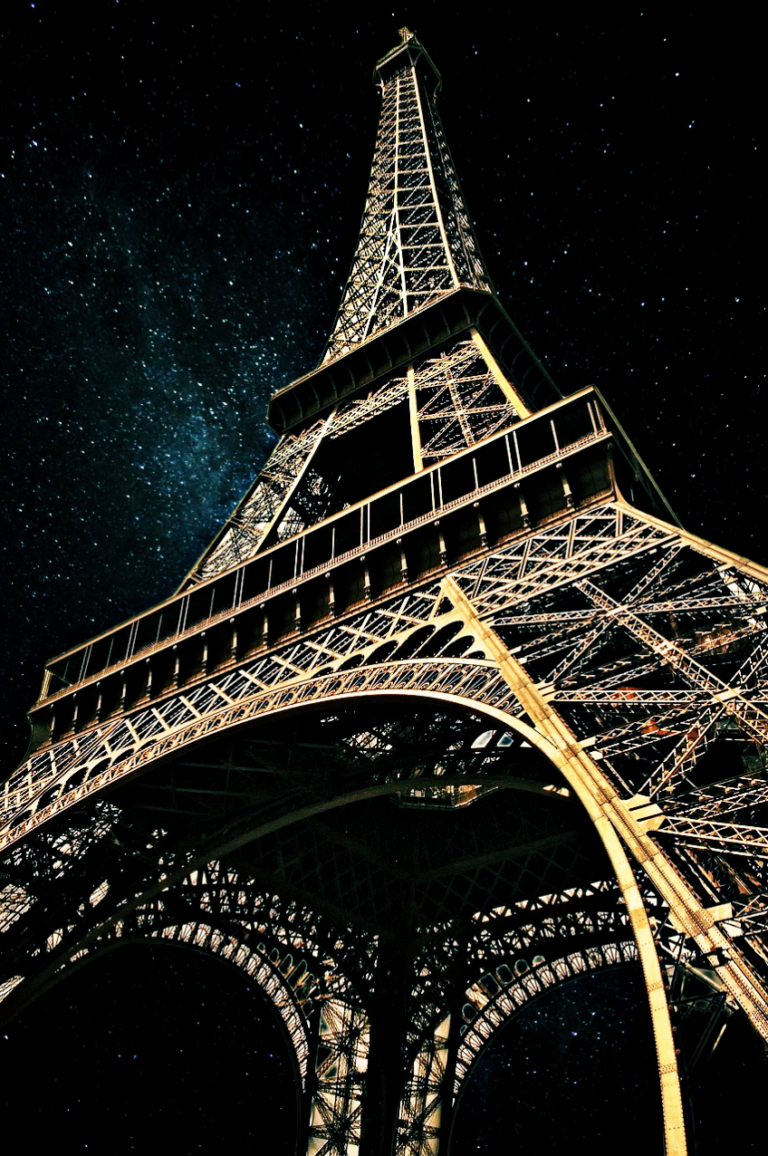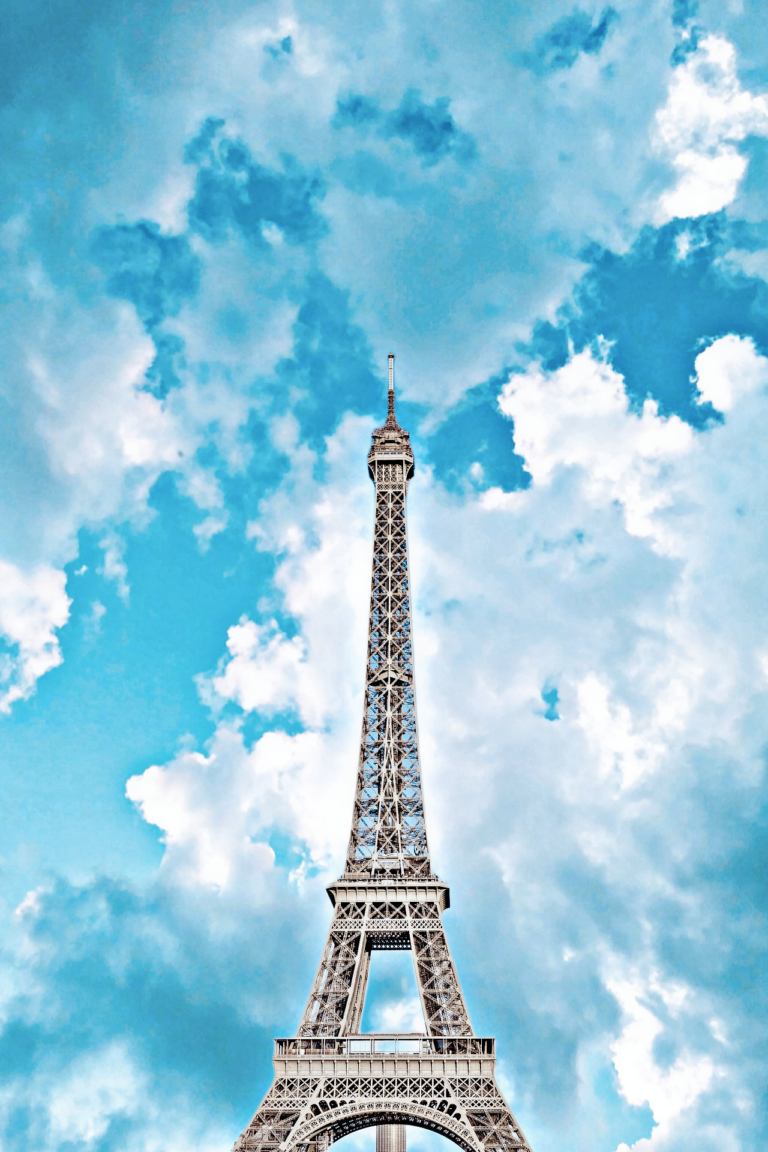

Introduction:
Standing proudly on the Champ de Mars in Paris, France, the Eiffel Tower is an enduring symbol of elegance and engineering. Named after its designer, Gustave Eiffel, this iconic iron lattice structure has captured the world’s imagination since its completion in 1889. Let’s take a journey through the architectural and historical depths of the Eiffel Tower.
Architectural Marvel:
The Eiffel Tower is a feat of architectural genius. It’s a masterpiece of iron construction, designed with meticulous attention to detail. The tower’s iron framework consists of over 18,000 individual pieces, all of which fit together with incredible precision. The innovative use of iron for a structure of this scale was groundbreaking during its time and remains impressive to this day.
The tower stands at a height of 324 meters (1,063 feet) and features three observation decks at various heights, each offering panoramic views of Paris. The iron lattice design allows for transparency, making the tower appear airy and delicate despite its massive size. This unique blend of engineering and aesthetics sets the Eiffel Tower apart.
Ingenious Design:
Gustave Eiffel’s design was the winning entry for the 1889 World’s Fair, held in Paris to celebrate the 100th anniversary of the French Revolution. His vision for the tower was not only to create a symbol of French ingenuity but also to showcase the potential of iron as a construction material.
The tower’s design incorporates arches, trusses, and other elements of classical architecture, while also embracing modern engineering techniques. Eiffel applied the principles of mathematical harmony and proportion to achieve a graceful and balanced design. The tower’s shape gradually tapers from a wider base to a slender peak, creating an illusion of height and grandeur.
Historical Significance:
The Eiffel Tower was initially met with mixed reactions. Many Parisians were skeptical of its unconventional design, but over time, it became a beloved and integral part of the city’s skyline. During its early years, it was used as a radio transmission tower, which greatly contributed to its preservation.
The Eiffel Tower played a significant role in the advancement of radio communications, aiding in scientific experiments and military operations during World War I. It became a symbol of France’s technological prowess and engineering excellence.
Legacy and Inspiration:
Today, the Eiffel Tower remains an iconic symbol of France and one of the world’s most visited monuments. It has served as an inspiration for architects, engineers, and artists around the globe. The tower’s timeless design and innovative use of materials continue to influence modern architecture and design.

Conclusion:
The Eiffel Tower stands not only as a remarkable architectural achievement but as a symbol of human creativity and innovation. Its graceful iron lattice design and its significant role in France’s history make it a must-visit for anyone with an appreciation for architectural marvels and a reverence for the enduring power of human ingenuity.
Previous slide
Next slide
